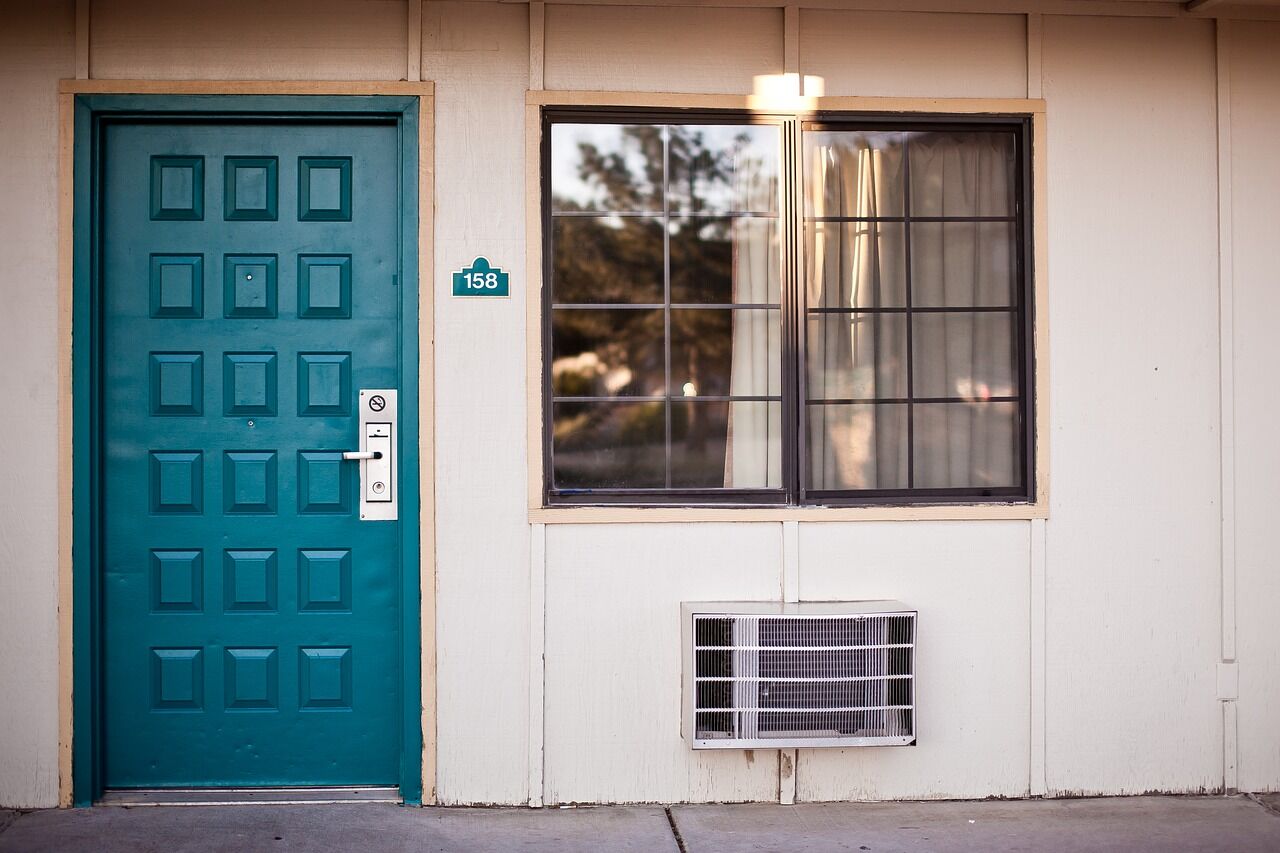
If you find yourself hearing noises in your attic, you may have some unwanted guests. Don’t ignore the signs. Hearing thumping or scratching noises especially at night is a surefire sign that you have animals or even squirrels in your attic.
Also, if you keep finding your trash can overturned and waste in your yard, this can be an indication that something is thinking about or currently taking up residence in your home. Acting early is important.
Animals like raccoons and squirrels living in your attic can quickly cause severe damage. They are notorious for destroying wiring, pipes and air ducts. You will need to seek the help of a professional to rid your house of these rodents and animals and seek the help of a professional cleaning crew. These types of animals carry diseases that are harmful both to humans and their pets. Here are some ways you can keep your attic rodent free.
Secure your Chimney
This is one of the easiest ways for rodents to get into your house and make there way into your walls or attic. Before taking any steps to block this entrance, you must first make sure there are no animals currently taking up residence in your chimney.
You can check it out yourself or ask for the help of a professional. You can use a chimney cap or vent, to make this inaccessible to animals. The cap will allow smoke to escape your chimney still but will block any unwanted guests.
Check your Roof
Check for any holes or damage to your roof. Missing shingles, gaps around vents or damage to flashing can be an indication that something is trying to get in or is already in. If you have any holes or damage, you must fix them as soon as possible.
Pay particular attention to pipe vents because they can dig around those and squeeze their way into your attic. The professional you have come out can advise you of potential work that needs to be done and additional preventative measures such as vent covers and reinforcements.
Trees and Bushes
Step back and check if you are making it easy for rodents and other animals to gain access to your roof. Do the trees in your yard have branches that touch your roof or are close? If so, these should be trimmed back, so they don’t provide a walkway to your house. Remember, a squirrel can jump pretty far, up to 20 feet in some cases. Keep this in mind when you are planting and pruning around your yard.
Yard
Keep your yard clean an uninviting to rodents and critters. Make sure when you take your trash out it is secure. Never leave bags loose on the sidewalk for pickup, this will attract animals and they will think this is an excellent area to source food and then begin to look for and make a shelter. You can also have a huge mess on your hands.
Make sure your trash cans lids are nice and secure and can’t be easily tipped over. You will also need to watch leaving pet food for dogs, cats or birds out all night. Raccoons especially hunt for this type of easy food at night.
If you are worried that you are at risk for having a rodent or animal problem in your attic or home, you can always call out a pest control specialist.
Most companies will send out an expert that can walk your property with you and inspect your roof and attic to look for weak areas. They are trained to look for spots that we usually wouldn’t see that can easily be covered or plugged.
Conclusions
The bottom line is, it is more cost effective to act now. If you wait until you hear noises in your attic or see other signs, there may already be severe damage that can be expensive to fix. If you do find yourself in this situation, call your homeowners insurance and let them know right away.
They can begin a claims process with you to help alleviate the costs of repairs. Most insurance companies will cover any damages to your roof or home, along with costs to repair or plug holes. While they won’t take care of personal items that are damaged in your attic, they will cover the costs to fix any electrical or plumbing work you may encounter. Taking preventive measures before this happens is the most straightforward path to take.











